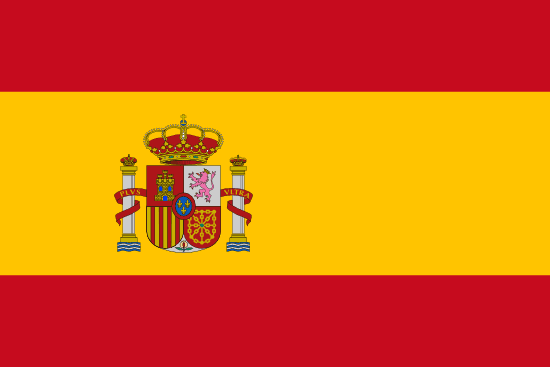"Real Sitio y Villa de Aranjuez | Royal Site and Town of Aranjuez"
About:
Aranjuez, Spain, a UNESCO World Heritage Site, was established in the 16th century as a royal estate. King Philip II commissioned architect Juan Bautista de Toledo to design the Royal Palace and gardens. Aranjuez flourished in the 18th century under Ferdinand VI and Charles III. The town became a popular summer residence for the Spanish court. In the 19th century, it was the site of the Mutiny of Aranjuez, leading to King Charles IV's abdication. Today, it remains a significant cultural and tourist destination.
When to visit:
Aranjuez, located in Spain, is a popular holiday destination known for its stunning royal palace and beautiful gardens. The best time to visit Aranjuez is during the spring and fall seasons when the weather is mild and perfect for exploring the outdoor attractions. Spring, from March to June, offers blooming flowers and pleasant temperatures ideal for leisurely walks through the gardens. Fall, from September to November, showcases the changing colors of the foliage, creating a picturesque backdrop for your holiday experience in Aranjuez.
When to avoid:
Traveling to Aranjuez on a holiday can be challenging during the peak summer months of July and August. The scorching temperatures reaching over 40 degrees Celsius can make outdoor exploration uncomfortable and exhausting. Additionally, these months coincide with the peak tourist season, leading to crowded attractions and higher prices for accommodation and activities. For a more pleasant and enjoyable travel experience, it is advisable to avoid visiting Aranjuez during the hottest summer months and instead opt for spring or autumn when the weather is milder and the crowds are thinner.
Winter Season (Dec-Feb)
In Aranjuez, Spain, the coldest and wettest period tends to be in winter, particularly in January. Average temperatures hover around 6°C, with lows reaching 1°C. Rainfall is at its highest, with about 30mm over 5 days. Sunlight is limited to about 5 hours per day, with frequent cloud cover. Frost is common in the mornings, and occasional snowfall may occur. An average day for a visitor might involve brisk walks in the royal gardens under overcast skies, with evenings spent in cozy local restaurants.
Spring (March - May)
Spring (March - May)
Language:
In Aranjuez, Spain, the most commonly spoken language is Spanish, as it is the official language of the country. Additionally, due to the city's diverse population and its status as a tourist destination, other languages such as English and French may also be heard.




